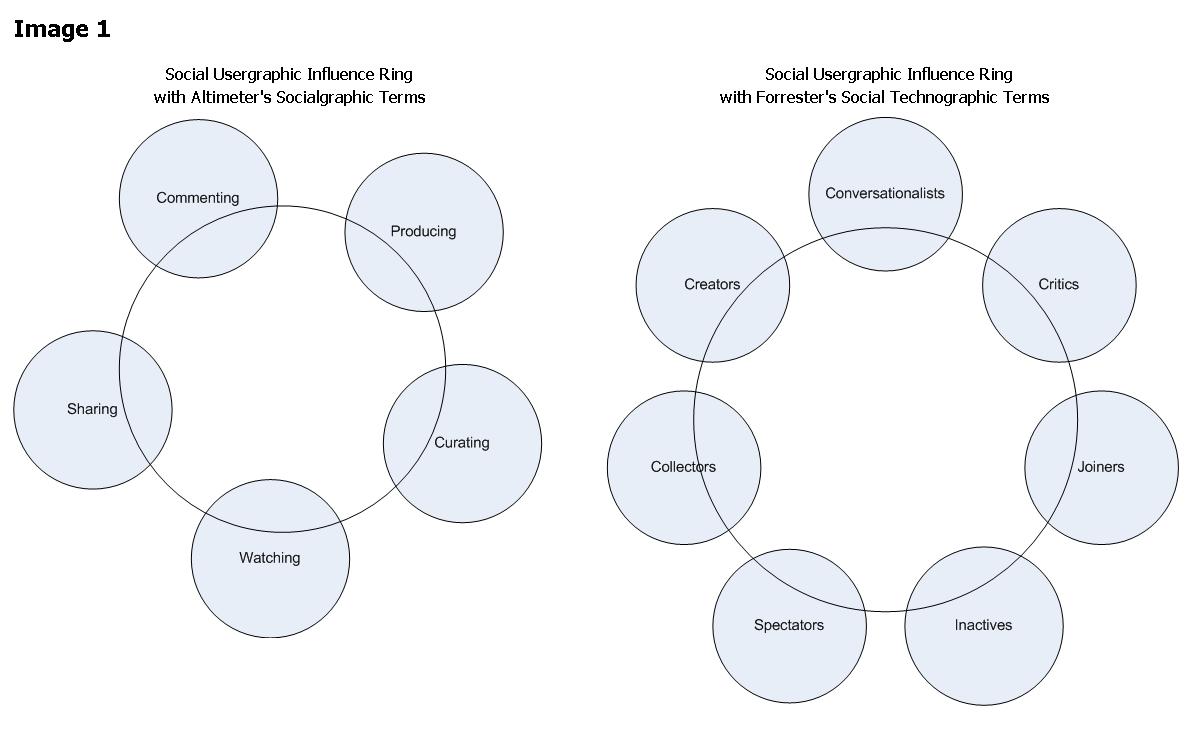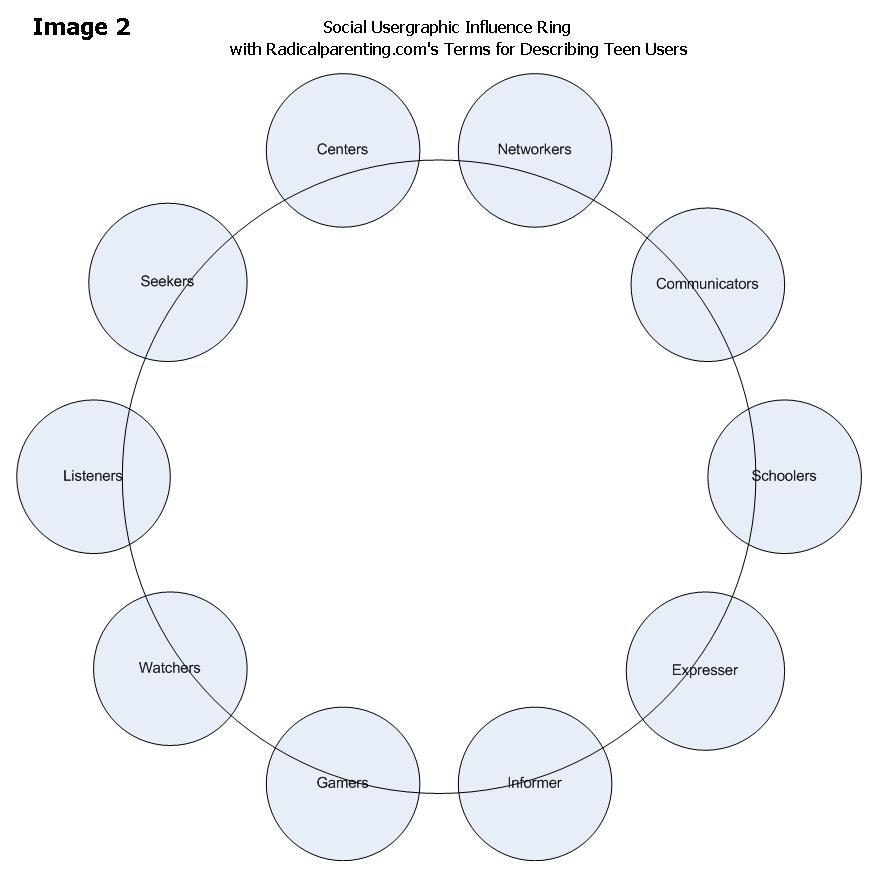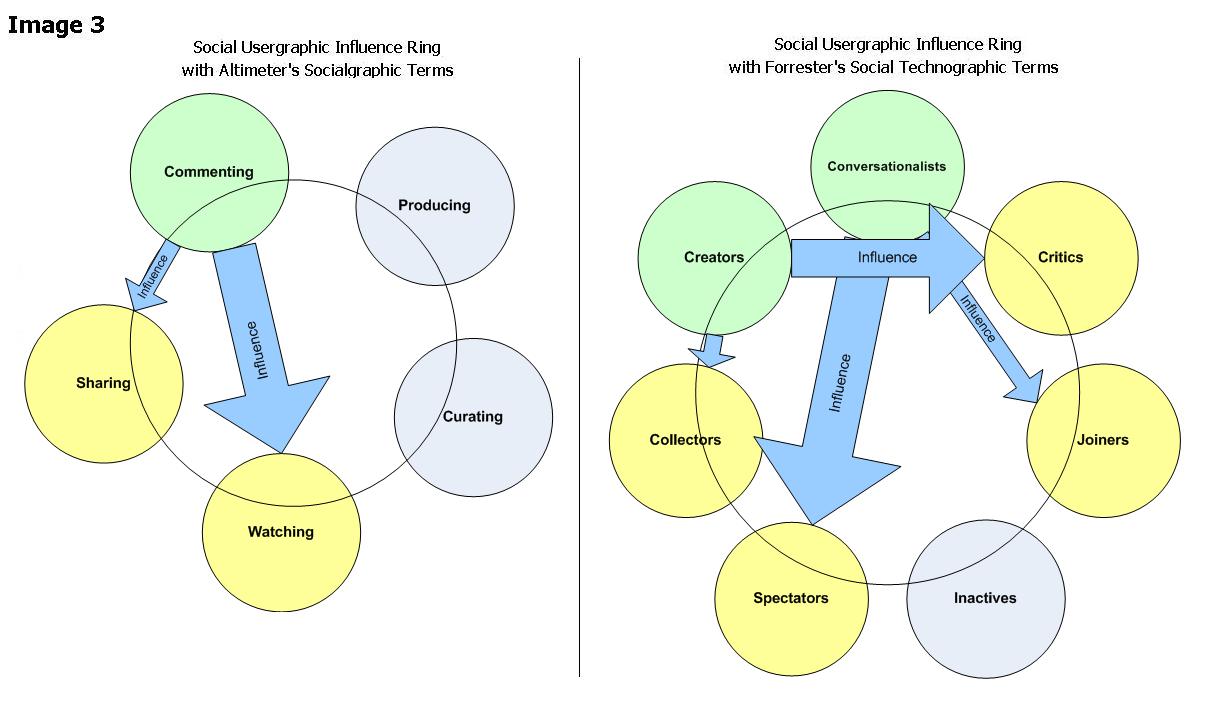It’s that time of year again. All the retail stores are stocking their shelves and all the online malls are securing their shipping channels. Marketing promotions are being rolled out with a winter and Christmas theme. And as he is every year, Santa Claus is the un-copyrighted icon that promotes the holiday.
Increasingly, Santa Claus is becoming more tech-savvy. With social media tools all the rage, it’s not surprising to find Santa broadcasting through these channels as much, if not more than through previous marketing vehicles. When Santa sets up a social media presence, it’s a great sign that social media marketing is here to stay. Marketers have shown an increasing interest in using social media to promote their products; and finding ways to engage their audiences using Santa is an interesting strategy. If Santa is involved, it’s likely kids are the target audience. If that’s the case, it implies marketers believe kids are increasingly aware of social media.
If that’s the case, it spells favourably for the future of social media tools. Message: invest your money in social media.
Here are some interesting ways Santa has engaged in Social Media:
At Nordstrom, a Facebook/twitter app allows consumers to ‘creatively’ hint at which gifts they would like from their family and friends. At the heart of this campaign is the marketing objective to collect more Facebook fans and grow Nordstrom’s social presence.
Even NORAD has evolved Santa Claus’ presence online. The Norad Santa Twitter feed tracks Santa’s movements on Christmas Eve. A Flicr feed takes things one step further and shows images of Santa’s workshop.
Despite this Social Media presence, not everyone seems convince that Santa’s social media strategy is effective. In her blog, Viveka Von Rosen suggests Santa’s social media presence needs some work. Even Santa should listen to the Groundswell and understand his ‘customers’.
But even Santa is cautious to go ‘all in’ with Social Media; as of 2 weeks ago, he was staying clear of Google+. But, I’m sure that is bound to change.



